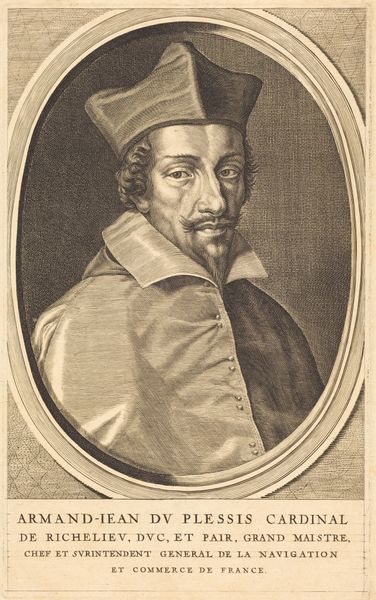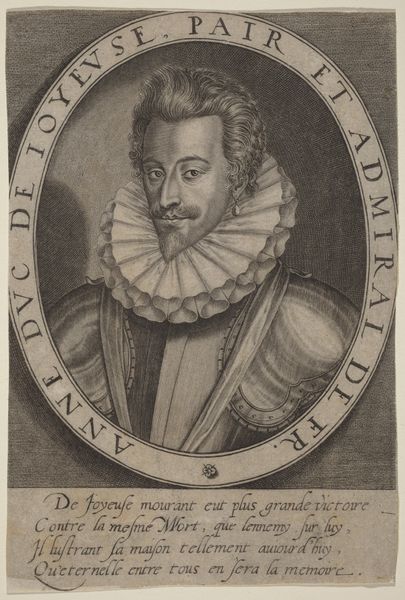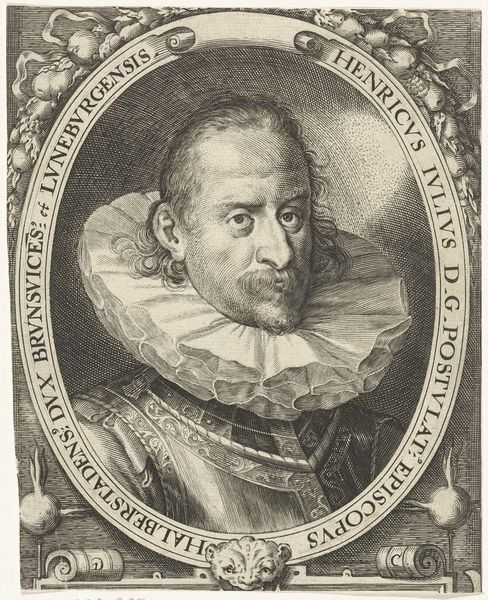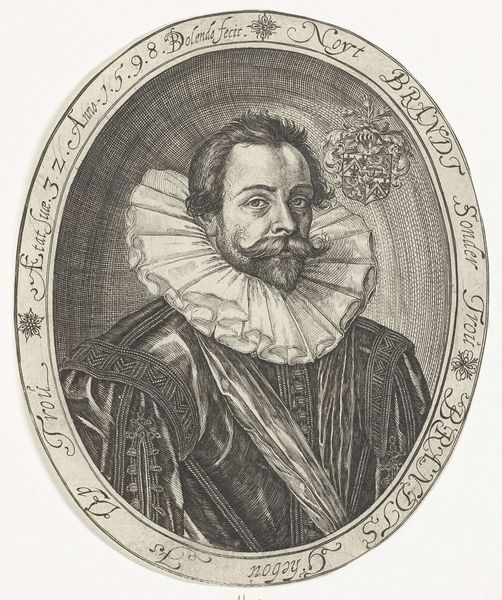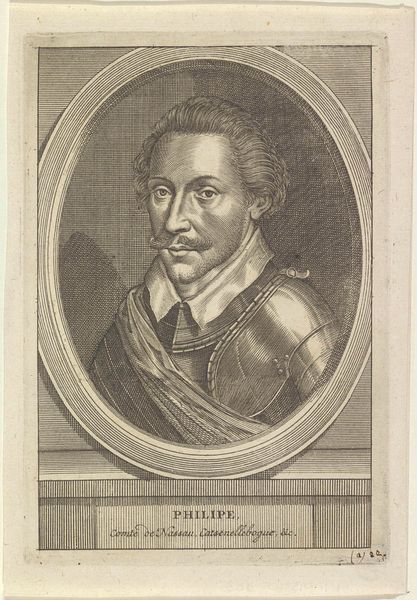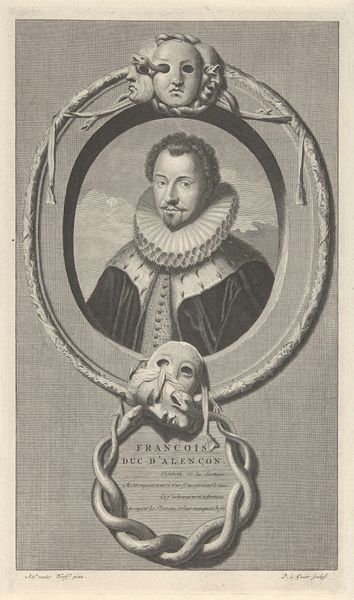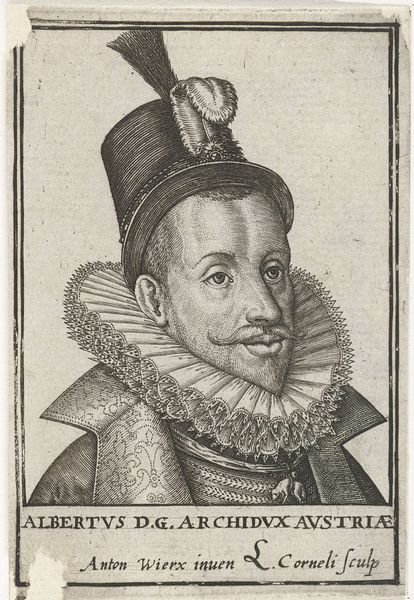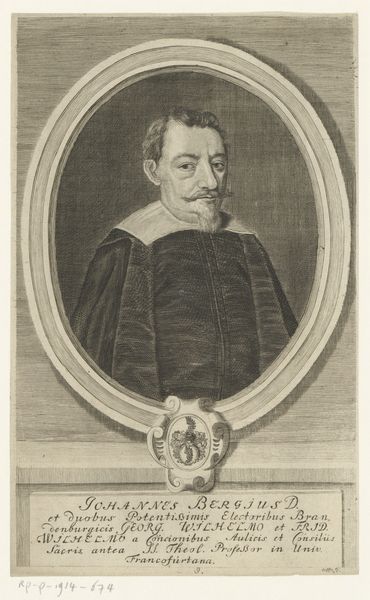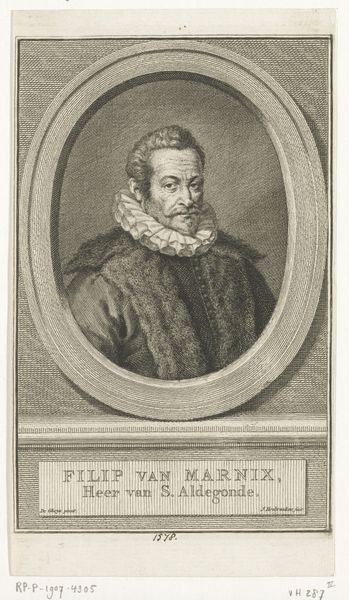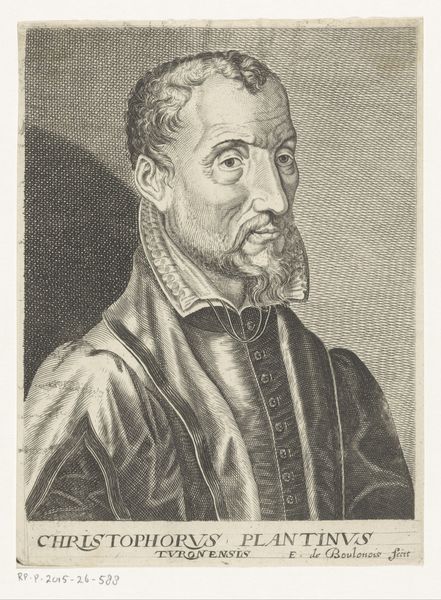
drawing, print, intaglio, pen, engraving
#
portrait
#
drawing
# print
#
intaglio
#
pen
#
northern-renaissance
#
engraving
Dimensions: Height: 14 in. (35.5 cm) Width: 9 11/16 in. (24.6 cm)
Copyright: Public Domain
Editor: Here we have Hieronymus Wierix's engraving of Henri III, King of France, created sometime between 1577 and 1587. The incredible detail achieved with just pen and ink, through the intaglio and engraving process, is remarkable. How do you even begin to analyze such intricate work? Curator: I see a confluence of labor, materials, and social context deeply embedded in this print. The choice of intaglio—a process demanding skill, time, and the economic support to access the materials— speaks volumes. Consider the social dynamics: who commissioned it? For what purpose was it made, to be widely circulated, subtly shaping public perception of the King? Editor: That's a great point; it’s not just about aesthetics, but also the system that allowed this image to come into being and circulate! Were these prints accessible to all, or were they exclusive to the elite? Curator: Excellent question! Prints, while more accessible than unique paintings, still existed within a tiered system of consumption. The quality of the paper, the skill of the printmaker, even the distribution networks - all point to a carefully managed process designed to convey a specific message to a particular audience. Is this portrait promoting wealth and authority, or perhaps conveying intellectual depth? The textual components surely helped in that intent! Editor: So it’s about understanding not just what the artwork depicts, but the very conditions that enabled its production and distribution to influence its cultural environment? Curator: Precisely! The lines of Wierix’s engraving are not simply lines on paper, but traces of labor, embedded with economic and social relationships. By focusing on these material aspects, we can challenge traditional art historical narratives and expose the complex forces at play behind a single image. Editor: That truly offers a richer perspective! Looking at the artwork with attention to process really transforms how we approach it. Curator: Indeed. By appreciating these pieces as objects created under specific material conditions, it unlocks the opportunity for greater understandings of society.
Comments
No comments
Be the first to comment and join the conversation on the ultimate creative platform.


